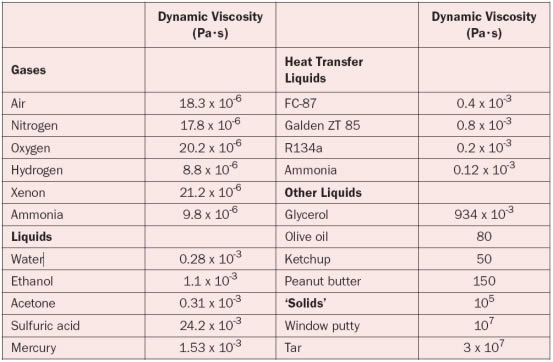

The more entangled the polymer chains, the stronger the material. Not only that, but it strongly influences the physical strength of a plastic in its regular, room-temperature state. It influences the viscosity of a polyer in its melted state, which affects how easily the polymer can be molded into different shapes for different applications. As a result, macromolecules become "entangled" with each other.Įntanglement is a very important feature in polymer behavior. They are floppy and can change shape because of bond rotations they can undergo "conformational change". In reality, macromolecules are not like long sticks tumbling over each other. However, different liquids do exhibit different viscosities, and macromolecules are on the high-viscosity end of the spectrum. In fact, liquids don't really exhibit the no-viscosity case outlined above, because the molecules do interact with each other. Viscosity is not a phenomenon limited to macromolecules. We can imagine a macromolecule spanning many layers, so that when the bullet hits one end of the molecule, the other end of the molecule transmits this force to its neighbors. The bullet just pushes the molecules ahead of it forward without disturbing the ones on either side.Ī macromolecule is different from regular molecules because a force on one part of the molecule will be transmitted very far away. If the molecules are completely isolated, they don't interact with each other at all. What is the difference between these two scenarios? On the molecular level, it has to do with the interaction between the molecules in one layer and the next.

Those surrounding layers, in turn, drag along the layers next to them. It does not have much effect on the surounding layers.Īs the bullet moves through a high-viscosity liquid, it still displaces the layers in front of them, but those layers drags the surrounding layers along, too. In a low-viscosity liquid, as the bullet moves through the liquid, it pushes a couple of layers out of the way. Maybe we're looking at a bullet being fired from a gun into a test chamber on CSI. The reason we are thinking of it this way is to imagine what will happen when an object passes through the liquid, parallel to these layers. One way to think about motion through liquids is to imagine the liquid divided into layers. Those honey-like liquids have high viscosity.Those tea-like liquids have low viscosity.We describe this property of "thickness" as "viscosity". With tea, it's much easier to do all of these things. They are difficult to stir, vexing to pour, and impossible to draw up into a pipette. In their liquid state, polymers seem thicker than regular liquids.


 0 kommentar(er)
0 kommentar(er)
